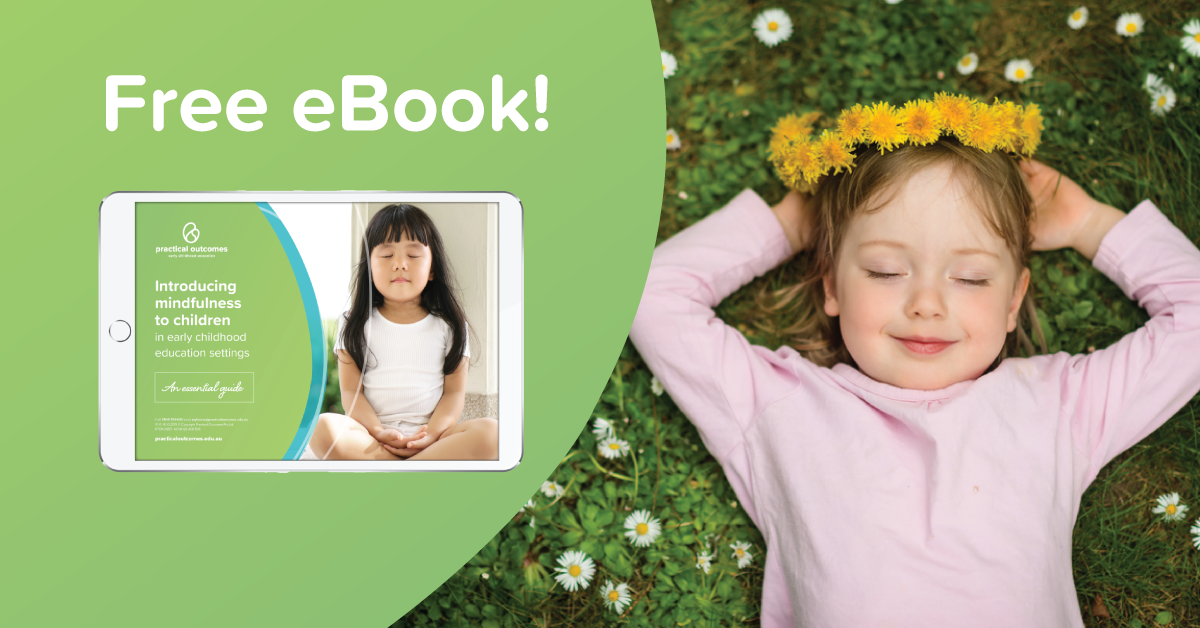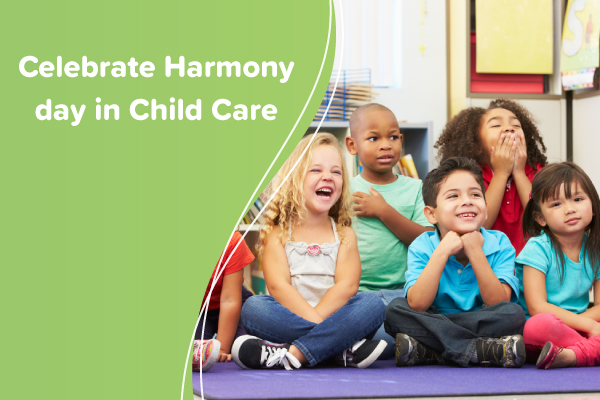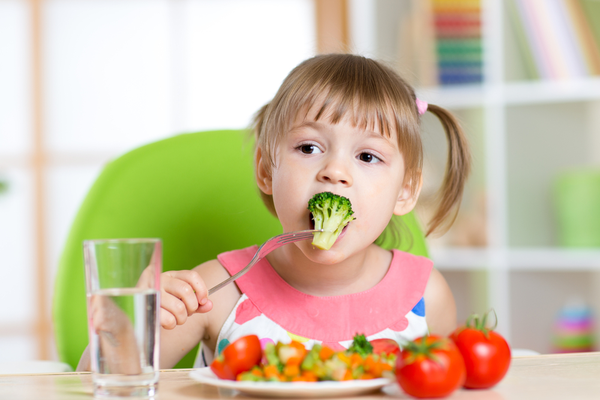The first five years of life are fundamental to a child’s future. The most crucial period of rapid brain development takes place during these early years and lays the foundation for children’s health, happiness, growth and wellbeing.
The first five years are also when a child will likely spend time in early childhood education services, meaning that child care educators can have a significant impact. During this time, you can help to empower children, giving them valuable tools to succeed in life.
What is mindfulness and what are the benefits?
Mindfulness is the practice of paying attention to your body, mind and feelings in the present moment. The practice of mindfulness can benefit children and adults of every age, enabling us to accept and acknowledge the present moment as we experience it.
Among the many benefits of mindfulness, for children the practice can:
✓ Promote happiness
✓ Develop self-awareness
✓ Improve focus
✓ Encourage calm
✓ Reduce anxiety
✓ Relieve stress

Submit the form to download your free eBook and learn some helpful tips on how to practice mindfulness with children.
Why is mindfulness important for children?
Life is busier than ever before and children feel this rush too. Between drop offs, pick ups, child care, activities, playdates and the general hustle bustle of life, children can feel overwhelmed and find it hard to keep up.
Mindfulness gives children a tool they can use anywhere at any time to quiet the mind while acknowledging and accepting the present moment and all that it comprises. Mindfulness can be an escape from being preoccupied with the past and future, as well as a highly effective tool for smooth transitions and for calming and grounding children.
Teaching children mindfulness techniques early in life means they will hopefully develop mindful habits and continue to enjoy the benefits of mindfulness throughout their lives.
Teaching mindfulness at a child care centre
To teach mindfulness, child care educators need to begin by modelling the practice themselves. It doesn’t require a huge amount of time, but just a few minutes here and there throughout your day is great. Plus, educators will reap the many rewards of mindfulness practice too!
Incorporating mindfulness every day
As mindfulness practice begins to come more naturally to you and the children in your care, you will find you can embed it into more of your day. This could be while going for a walk, washing dishes — you will be able to enjoy the benefits of mindfulness at just about any time!
In child care settings it is highly effective to embed mindfulness practice into your transition times, such as:
- Mindfulness sessions to begin the day
- Mindfulness between outdoor play and moving back inside
- Mindfulness before nap and relaxation times
Essentially, mindfulness is a valuable tool to improve the health and wellbeing of children (and educators) at any time!
Download your free eBook above to learn more about promoting mindulness to the children in your care.
At Practical Outcomes we use our years of knowledge and experience in early childhood education to support educators, child care centres and students each and every day.
Want to see more articles like this? Subscribe to our Industry newsletter for all our insights, news and tips!


